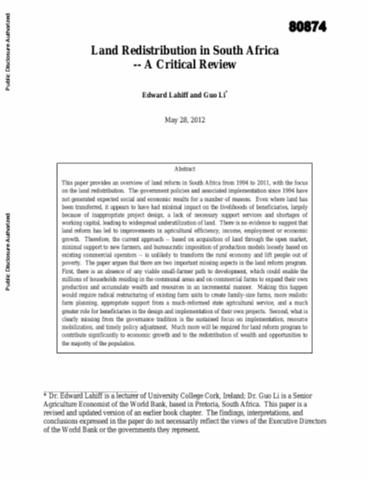The Structure of Lobbying and Protection in U.S. Agriculture
The author surveys the empirical literature on the political economy of agricultural protection. He uses a detailed data set of agricultural Political Action Committee (PAC) contributions over five U.S. congressional election cycles over the 1991-2000 period to investigate the relationship between lobbying spending and agricultural protection. A detailed graphical analysis of campaign contributions by the agricultural PACs indicates that although there are very many PACs, in most sectors the majority of contributions are made by very few PACs.





